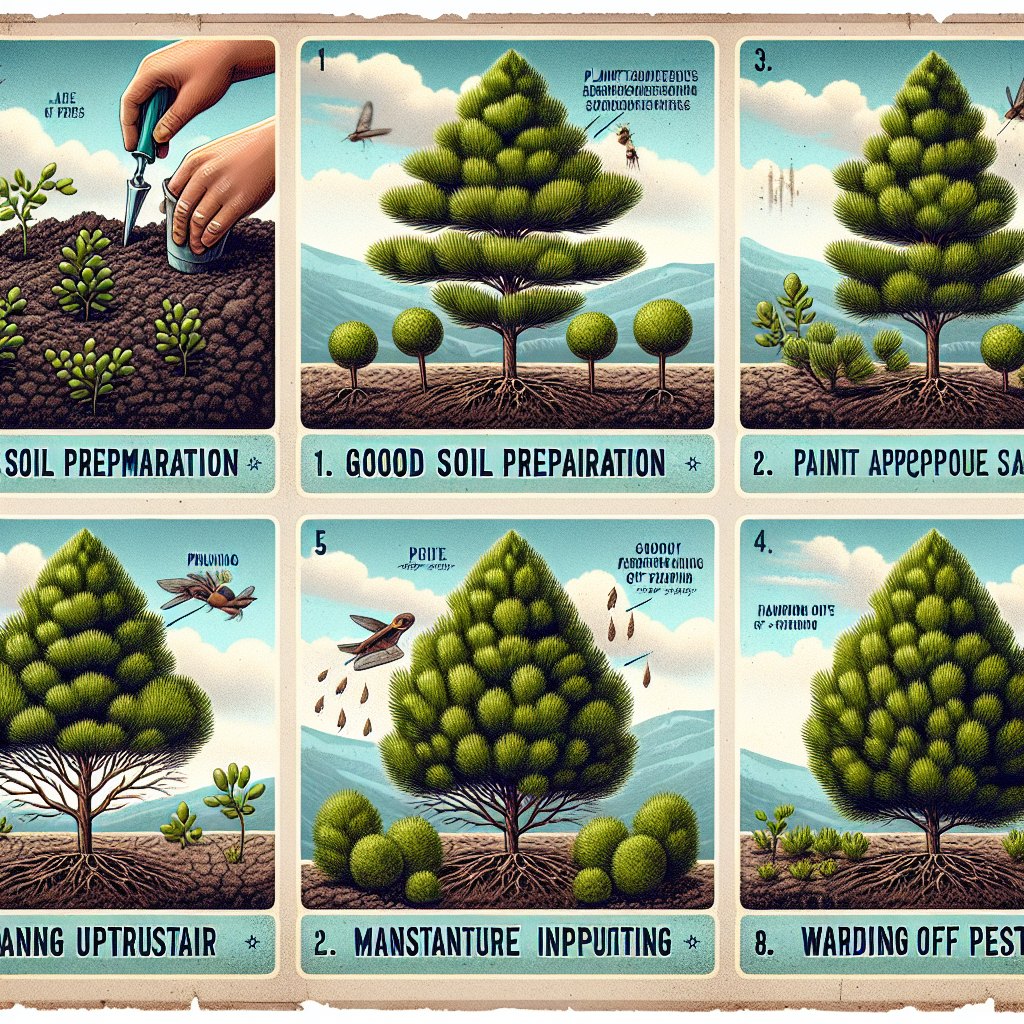Table of Contents
Blue Point Junipers are popular evergreen shrubs that can add beauty and texture to any garden or landscape. These versatile plants are known for their striking blue-green foliage and their ability to thrive in a variety of climates. However, like any plant, Blue Point Junipers require proper care and maintenance in order to grow healthy and strong. In this article, we will discuss some tips and tricks on how to grow healthy Blue Point Junipers so you can enjoy their beauty all year round.
When it comes to growing healthy Blue Point Junipers, there are a few key factors to consider. These include proper planting techniques, adequate sunlight and water, regular pruning, and protection from pests and diseases. By following these guidelines, you can ensure that your Blue Point Junipers will thrive and continue to beautify your garden for years to come.
Planting Your Blue Point Junipers
One of the most important steps in growing healthy Blue Point Junipers is proper planting. When selecting a location for your junipers, be sure to choose a spot that receives full sunlight for at least six hours per day. Blue Point Junipers prefer well-drained soil, so make sure the planting site has good drainage. Dig a hole that is twice as wide as the root ball of the plant, but no deeper. Gently remove the juniper from its container and place it in the hole, making sure that the top of the root ball is level with the surrounding soil. Backfill the hole with soil and water thoroughly.
Watering Your Blue Point Junipers
Proper watering is essential for the health of your Blue Point Junipers. These plants prefer moist soil but can tolerate some drought once established. Water your junipers deeply once or twice a week, depending on weather conditions. Be sure to water at the base of the plant rather than overhead to prevent fungal diseases. Avoid overwatering, as this can lead to root rot. In periods of extreme heat or drought, increase watering frequency to keep your junipers hydrated.
Pruning Your Blue Point Junipers
Regular pruning is important for maintaining the shape and health of your Blue Point Junipers. Prune your junipers in early spring before new growth appears to encourage bushy growth and maintain their desired shape. Remove any dead or diseased branches as well as any crossing branches that may impede airflow within the plant. Use sharp pruning shears to make clean cuts at a 45-degree angle just above a set of leaves or buds.
Protecting Your Blue Point Junipers
Blue Point Junipers are relatively low-maintenance plants but may be susceptible to pests such as spider mites or bagworms. Inspect your junipers regularly for signs of pest infestation such as webbing or chewed foliage. If you notice any pests, treat them with an organic insecticidal soap or horticultural oil spray according to package instructions. Additionally, monitor your junipers for signs of disease such as needle blight or root rot and take appropriate action if necessary.
By following these simple tips on how to grow healthy Blue Point Junipers, you can enjoy these beautiful plants year after year in your garden or landscape. With proper planting techniques, adequate sunlight and water, regular pruning, and protection from pests and diseases, your Blue Point Junipers will flourish and enhance the beauty of your outdoor space.
FAQs (Frequently Asked Questions)
Q: How often should I water my Blue Point Juniper?
A: Water deeply once or twice a week depending on weather conditions.
Q: When is the best time to prune my Blue Point Juniper?
A: Prune in early spring before new growth appears.
Q: What are some common pests that affect Blue Point Junipers?
A: Spider mites and bagworms are common pests that may affect Blue Point Junipers.
Remember each plant has different requirements so it’s always best practice read up everything about them before starting planting one yourself!













